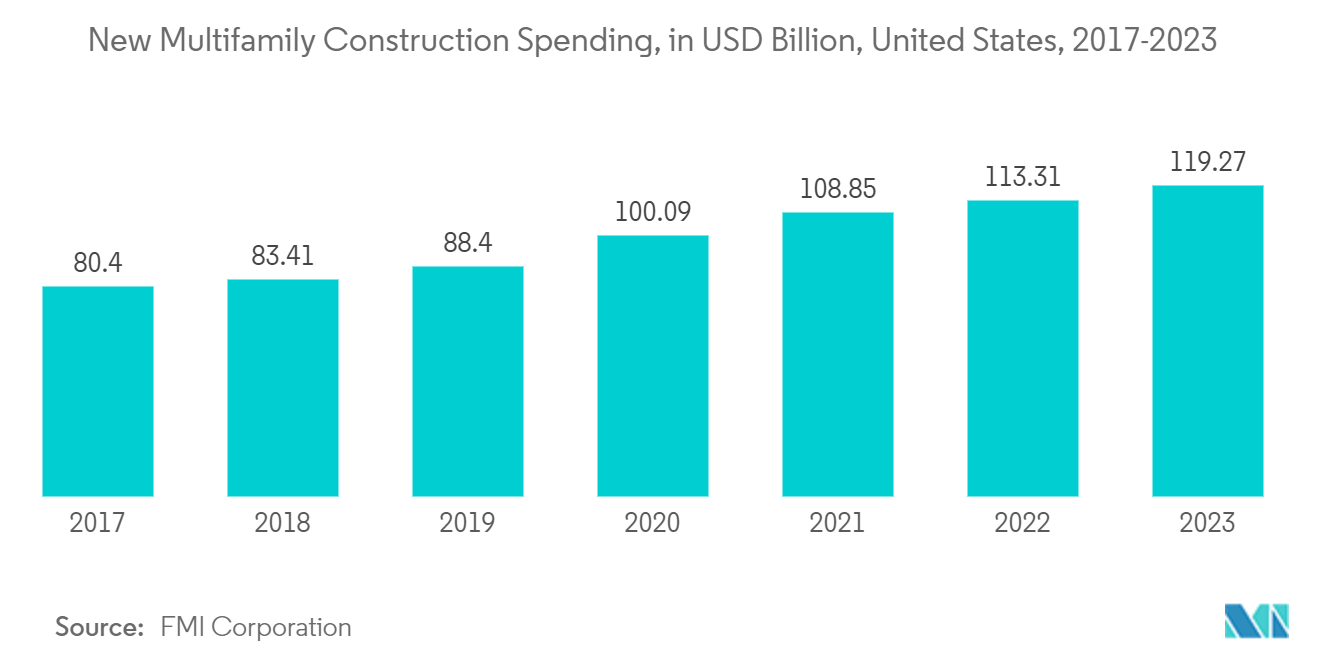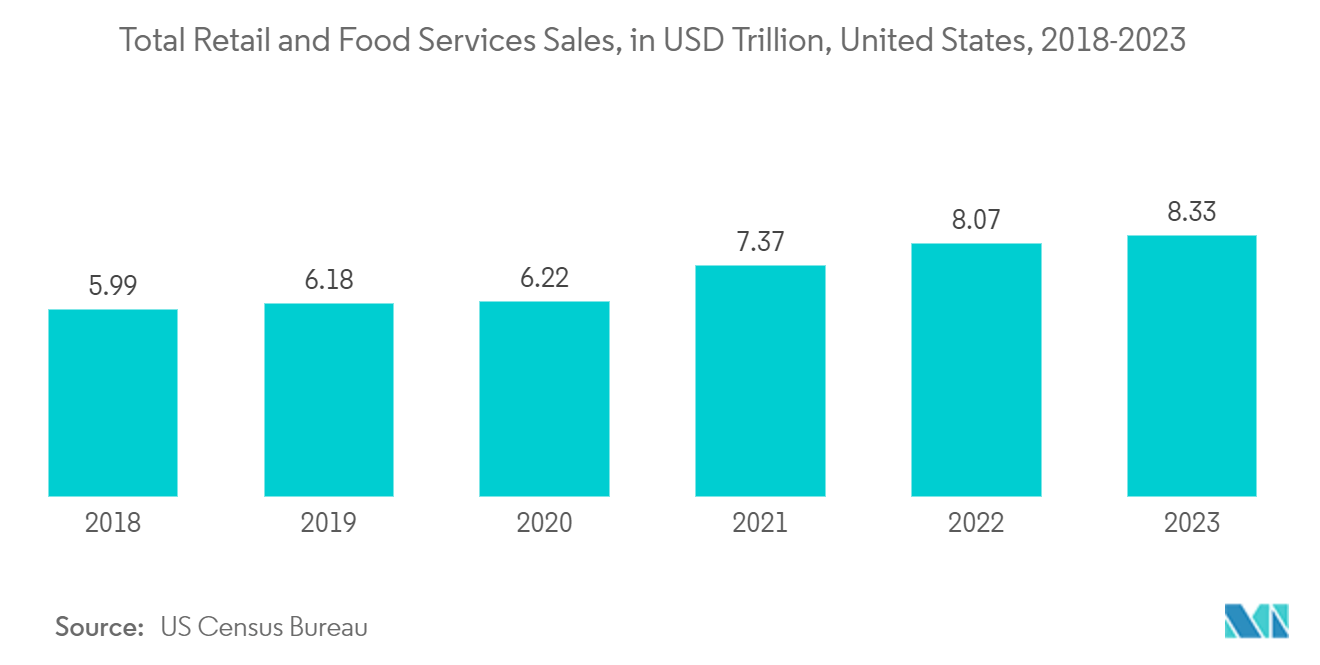Market Trends of United States Trash Bags Industry
The Residential Sector Holds the Largest Market Share
- The country’s fast-growing economy mainly drives the residential sector. Many cities and states with strong job growth and diversified industries are seeing increased housing demand, resulting in higher prices. The country's changing demographics also influence the market’s growth.
- As the boomers hit retirement age, with many downsizing or moving away from their homes, the housing demand is shifting to different locations and properties throughout the country. This residential growth trend throughout the country creates growth opportunities for trash bags used in every house to maintain hygiene and cleanliness.
- According to the United States-based sustainable packaging firm Revolution, the average American family produces 18 pounds of waste. Every year, 100 billion plastic bags are thrown away and end up in landfills. This implies a robust demand for strong, durable, eco-friendly trash bags for residential purposes.
- The way waste is handled is significantly influenced by government policies and measures. This has a significant impact on the trash bags market. The government has introduced legislation to promote responsibility for waste management and deal with the increasing garbage and pollution issues with the growing residential space in the United States.
- With the growing population in the United States, people are shifting from single-family residents to multi-family residential areas. Multi-family homes are called duplexes, triplexes, and quadplexes. They are mainly named after the number of units they comrise. Thus, people in the region are spending money on constructing multi-family living spaces. The cost of this type of construction was USD 80.40 billion in 2017, which increased to USD 119.27 billion in 2023.
- Thus, the growing residential space in the United States, the growing population, and increasing problems of food waste and other garbage in the locality create a constant demand for trash bags. In addition, following government plans to use biodegradable bags also boosts the growth of the market in the region.

The Commercial Sector is Expected to Witness the Highest Growth Rate
- Retail, convenience stores, healthcare, food service, hospitality, and office buildings are critical establishments within the commercial sector that constitute a significant market share. As per the US Census Bureau, in 2023, total retail and food service sales reached USD 8.33 trillion for the first time in the United States, an increase from USD 5.99 trillion in 2018.
- About 30% of the food in American grocery stores is thrown away. The US retail sector generates about 16 billion pounds of food waste annually. Wasted food from the retail sector is valued at about twice the profit from food sales (according to the US Department of Agriculture). Recently, organizations have become more conscious of managing and reducing their waste. Although some organizations are satisfied with having a trash removal or disposal system, the more proactive organizations are putting more effort into managing their waste.
- The public and waste workers may be exposed to health risks from negligent disposal of needles and other sharp objects. Discarded needles may cause waste workers to be exposed to the risk of needlestick injuries or possible infections if containers are opened in a garbage truck or mistakenly thrown into recycling centers. This implies a strong demand for high-quality trash bags that can bear the sharpness and decrease the risk of injuries while handling.
- The increasing number of websites offering a variety of disposable bin liners has increased the demand for these products. In addition, online retailing of disposable garbage bags and various other products is growing in popularity as it is cost-effective and time-saving to purchase products. Online sales are expected to drive the growth of disposable trash bags during the forecast period.
- The United States spends more on healthcare than any other country, with costs accounting for around 18% of the GDP. Prior studies estimated that approximately 30% of healthcare spending might be considered waste. Despite efforts to reduce overtreatment, improve care, and address overpayment, substantial waste in the healthcare sector still remains. Biohazard waste is kept in red bags and containers, whereas infectious waste is kept in plastic bags. Such factors contribute to the demand for trash bags.
- For commercial establishments, including multi-family dwellings of four or more units and non-residential commercial buildings, the use of clear plastic sheeting for collecting recyclables in trash bins is permitted. These plastic liners are not recyclable per se but are now accepted for convenience in commercial operations. Commercial establishments are not prohibited from using clear trash bags, but recyclers may choose not to accept them.


